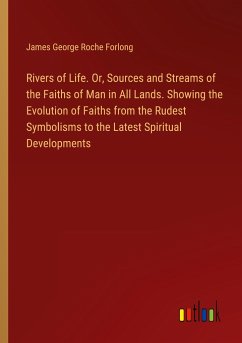Nepal passed through a decade long (1996- 2006) violent conflict as a consequence of which Nepali people suffered severe threats to their state of political, social, economic, psychological and physical well being. The year 1996 marked the beginning of the armed conflict as the Communist Party of Nepal (Maoist) [CPN (Maoist)] launched the 'People's War' against the state. The CPN (Maoist) submitted a 40-point demand to the Government of Nepal (GoN) on 4 February 1996 and had threatened if their demands were not met by 17 February, they would start armed struggle. However, the 'People's War' was declared 4 days before the actual deadline they had given to the government. As stated in their documents of the time, the aim of launching armed struggle in Nepal was to establish a 'new people's democracy' (similar to China in 1949)', under the leadership of them which was also called in their terminology as 'dictatorship of proletariat' through protracted guerrilla war by overthrowing the multi-party democratic system which was established in 1990 after the popular mass uprising. The newly established multi-party democratic governments at the time were about to institutionalize democratic system and also address the long pending social and economic problems of the country. This story is based on true fact of that civil war.
Hinweis: Dieser Artikel kann nur an eine deutsche Lieferadresse ausgeliefert werden.
Hinweis: Dieser Artikel kann nur an eine deutsche Lieferadresse ausgeliefert werden.








